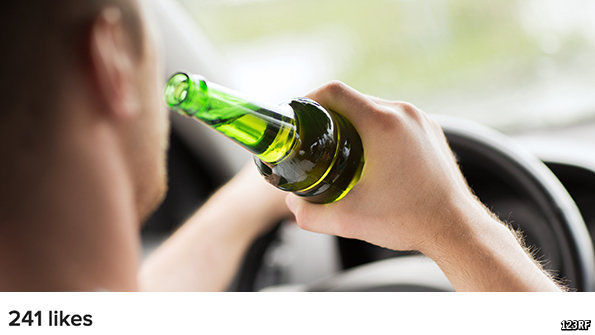How “likes” affect teenagers’ brains

FOR the first six months after teenagers in Colorado pass their driving test, the state bans them from carrying non-sibling teenage passengers unless someone over 21 is also in the car. It is not alone in this ageist approach. Fourteen other American states impose similar restrictions. The reason is that mountains of data show teenagers take risks more readily in the presence of their peers.
But, in today’s virtually enabled world, “presence” is a slippery concept. As a study published in Psychological Science by Lauren Sherman of the University of California, Los Angeles, and her colleagues shows, peers’ influence can travel even through something as apparently trivial as the “like” button in social media.
Dr Sherman, an expert on digital-media use and the development of the adolescent brain, was aware of many studies suggesting peer pressure can be exerted digitally, through chat rooms and messaging systems. But she also knew that little work had been done on what actually happens in the brain as teenagers engage with the technology. She knew, too, there was no understanding of how they respond to more subtle…Continue reading
Source: Economist




